The first official evidence of a key imbalance between neutrinos and antineutrinos provides one of the best clues for why the universe contains something rather than nothing.



PsiQuantum is a little-known quantum computing startup, however it recently had no trouble raising almost a quarter of a billion dollars from Microsoft’s M12 venture fund and other investors. That is in addition to a whopping $230 million it received last year from a fund formed by Andy Rubin, developer of the Android operating system.
The company was founded in 2016 by British professor Jeremy O’Brien and three other academics, Terry Rudolph, Mark Thompson, and Pete Shadbolt. In just a few years, they have quietly grown the company from a few employees to a robust technical staff of more than 100.
Compared to today’s modest quantum computing capabilities, PsiQuantum’s elevator pitch for investors sounds like a line from a science fiction movie. O’Brien not only says he is going to build a fault-tolerant quantum computer with a staggering one million qubits, he also says he is going to do it within five years. O’Brien’s technology of choice for this claim is silicon photonics, which uses particles of light called photons to perform quantum calculations. Theoretically, photons behave as both waves and particles, but that’s a subject for another article. Quantum computing technologies in use today are primarily superconductors and trapped ion. However, there is plenty of research that shows photonics holds a lot of promise.
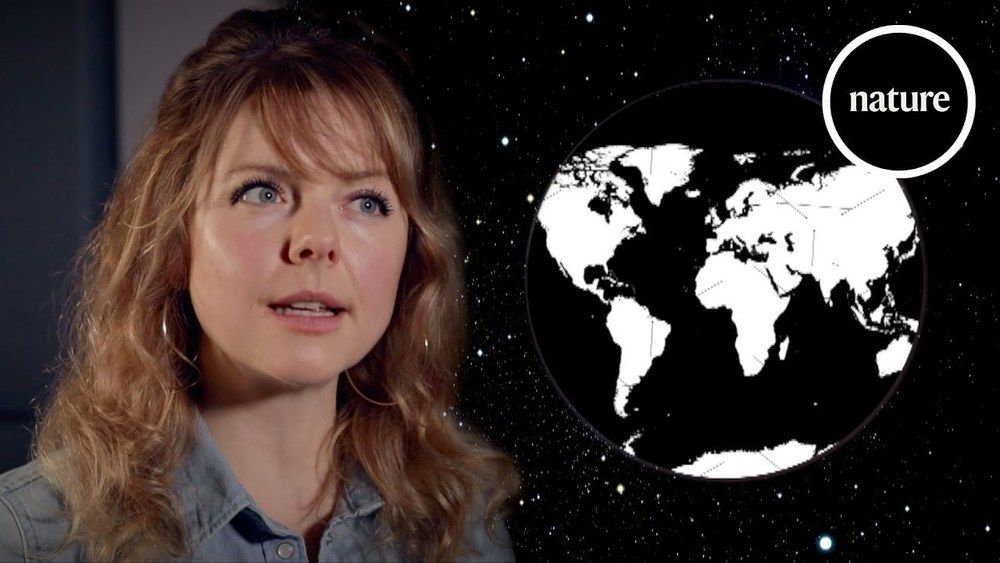
A major finding in particle physics reminds us of the importance of robust preliminary results — and paves the way for more exciting discoveries.
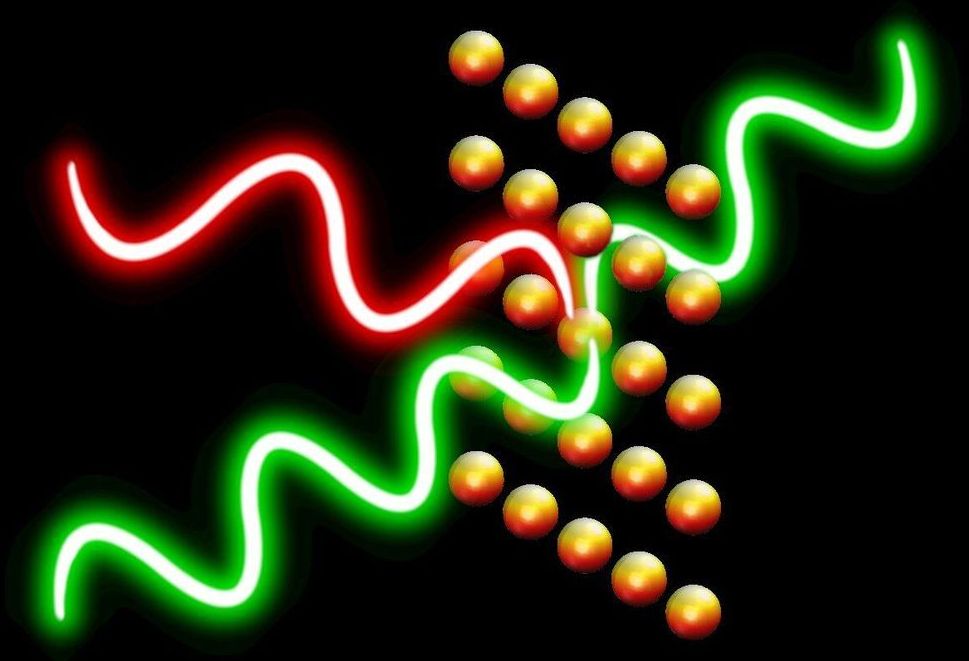
:oooo.
Metasurfaces are artificial materials designed at the nanoscale, which can control the scattering of light with exceptionally high precision. Over the past decade or so, these materials have been used to create a variety of technological tools ranging from sensors to lenses and imaging techniques.
A research team led by Mikhail Lukin at Harvard University has recently proposed a new type of metasurface that can control both the spatiotemporal and quantum properties of transmitted and reflected light. In a paper published in Nature Physics, the team showed that realizing a quantum metasurface is possible and could be achieved by entangling the macroscopic response of thin atom arrays to light.
“Quantum metasurfaces are an entirely new type of materials designed atom by atom, which enable applications such as quantum computation with photons,” Rivka Bekenstein, the lead author of the recent paper, told Phys.org. “We combined a state-of-the-art technique for manipulating the state of many atoms by long-range interactions (i.e., Rydberg interactions) with a recent discovery of how a single sheet of atoms can reflect light. We identified an architecture that can be realized in the laboratory, in which a single layer of atoms can act as a switchable quantum mirror.”
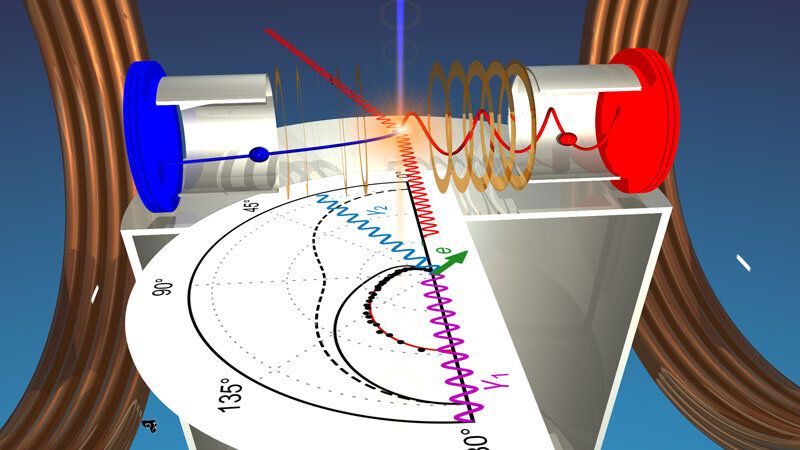
When the American physicist Arthur Compton discovered that light waves behave like particles in 1922, and could knock electrons out of atoms during an impact experiment, it was a milestone for quantum mechanics. Five years later, Compton received the Nobel Prize for this discovery. Compton used very shortwave light with high energy for his experiment, which enabled him to neglect the binding energy of the electron to the atomic nucleus. Compton simply assumed for his calculations that the electron rested freely in space.
During the following 90 years up to the present, numerous experiments and calculations have been carried out with regard to Compton scattering that continually revealed asymmetries and posed riddles. For example, it was observed that in certain experiments, energy seemed to be lost when the motion energy of the electrons and light particles (photons) after the collision were compared with the energy of the photons before the collision. Since energy cannot simply disappear, it was assumed that in these cases, contrary to Compton’s simplified assumption, the influence of the nucleus on the photon-electron collision could not be neglected.
For the first time in an impact experiment with photons, a team of physicists led by Professor Reinhard Dörner and doctoral candidate Max Kircher at Goethe University Frankfurt has now simultaneously observed the ejected electrons and the motion of the nucleus. To do so, they irradiated helium atoms with X-rays from the X-ray source PETRA III at the Hamburg accelerator facility DESY. They detected the ejected electrons and the charged rest of the atom (ions) in a COLTRIMS reaction microscope, an apparatus that Dörner helped develop and which is able to make ultrafast reactive processes in atoms and molecules visible.

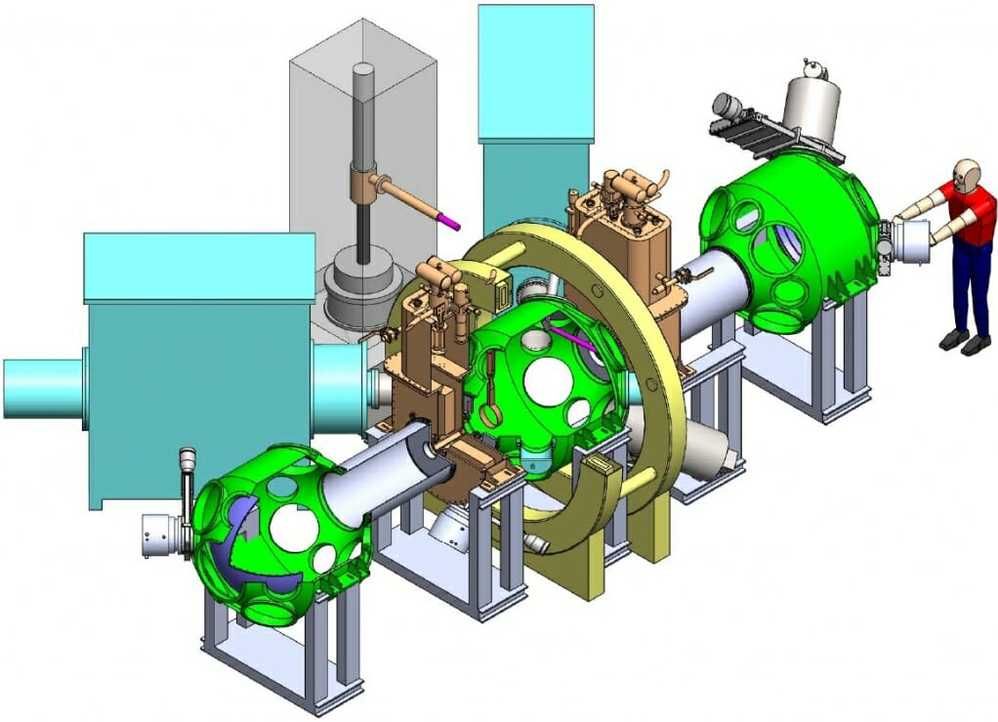
Fusion research began in earnest in the 1960s, when scientists developed mirror machines. These linear tubes have pinched magnetic field lines on either end that act like mirrors, reflecting the charged plasma particles inward and retaining them and their heat in the machine. American researchers halted mirror research three decades ago, mainly due to an inability to contain the plasma.
WHAM will essentially take the team’s research back to the mirror machine days, but with significant upgrades.
“We hope to go well beyond what was done in the mirror program because we have access to very-high-field superconducting magnets like those being built by our partners for toroidal (donut-shaped) plasmas,” Forest says. “These magnets and heating systems simply weren’t available 20 years ago. It’s a new look at an older concept using new technology.”
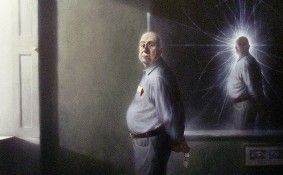
:oooo circa 2009.
The portrait of Peter Higgs is on display at the University of Edinburgh’s School of Informatics. Photograph: Ken Currie.
It seems that Peter Higgs, despite his known aversion to publicity is turning up everywhere. Of course the potential discovery of the particle in the next few years by either/both of the Large Hadron Collider at CERN and the Tevatron at Fermilab is bringing a lot more attention to him, and a little to the other theorists, such as Guralnik, Hagen, Kibble, Brout, and Englert, who also developed the ideas behind a mass-giving spontaneously symmetry broken quantum field and its manifestation as a particle, now known as the Higgs boson. (Yep, that sounds scary because it gets technical.)
But Higgs the man seems to turn up in all kinds of places and lots of people have stories about where and how they met the man. I ran into him in at a function in a museum in the Hunterian Museum at the University of Glasgow over a decade ago, while Lauren, one of the symmetry interns, used to make him his sandwich in a cafe most days when she spent time in Glasgow. (Tell us your story of meeting Higgs in the comments below.)
A dipolar force field propulsion system having a alternating electric field source for producing electromotive lines of force which in a first direction and which vary at a selected and having an electric field of a predetermined magnitude, a source of an alternating magnetic field having magnetic lines of force which in a second direction which is at a predetermined angle to the first direction of the electromotive lines of force and which cross and intercept the electromotive line of force at a predetermined location defining a force field region and wherein the of the alternating magnetic field substantially equal to the of the alternating electric field and at a selected in phase angle therewith and wherein the magnetic field has a flux which when multiplied times the selected is less than a known characteristic field ionization limit; a source of neutral particles of matter having a selected dipole characteristic and having a known characteristic field ionization limit which is greater than the magnitude of the electric field and wherein the dipoles of the particles of matter are capable of being driven into cyclic rotation at the selected by the electric field to produce a reactive thrust, a vaporizing stage which vaporizes said particles of matter into a gaseous state at a selected temperature, and a transporting system for transporting the vaporized particles of matter into the force field defined by the crossing electromotive lines of force and the magnetic lines of force.
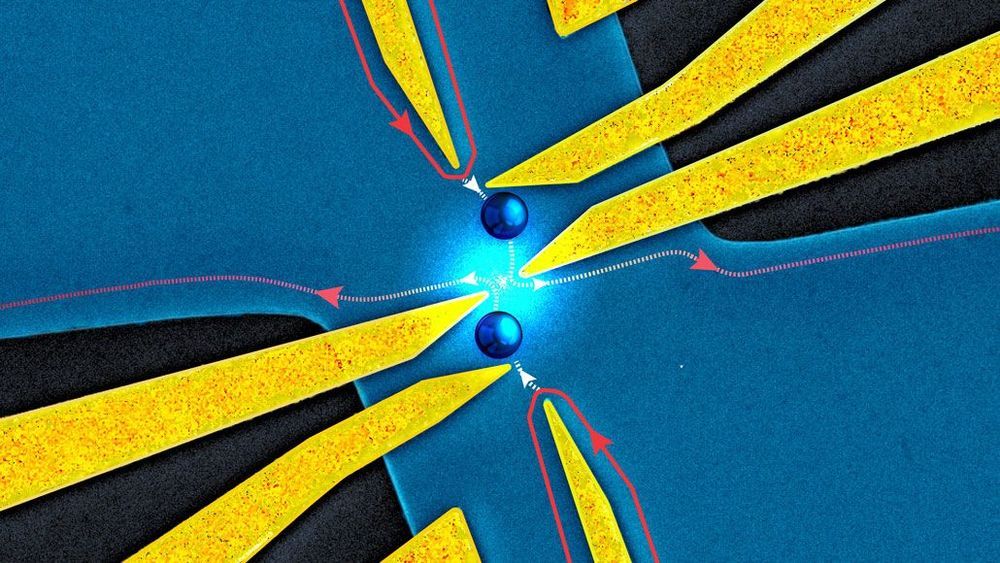
Sometimes, two dimensions are better than three.
In the three-dimensional world we live in, there are two classes of elementary particles: bosons and fermions. But in two dimensions, theoretical physicists predict, there’s another option: anyons. Now, scientists report new evidence that anyons exist and that they behave unlike any known particle. Using a tiny “collider,” researchers flung presumed anyons at one another to help confirm their identities, physicists report in the April 10 Science.
All known elementary particles can be classified either fermions or bosons. Electrons, for example, are fermions. Bosons include photons, which are particles of light, and the famed Higgs boson, which explains how particles get mass (SN: 7/4/12). The two classes behave differently: Fermions are loners and avoid one another, while bosons can clump together.